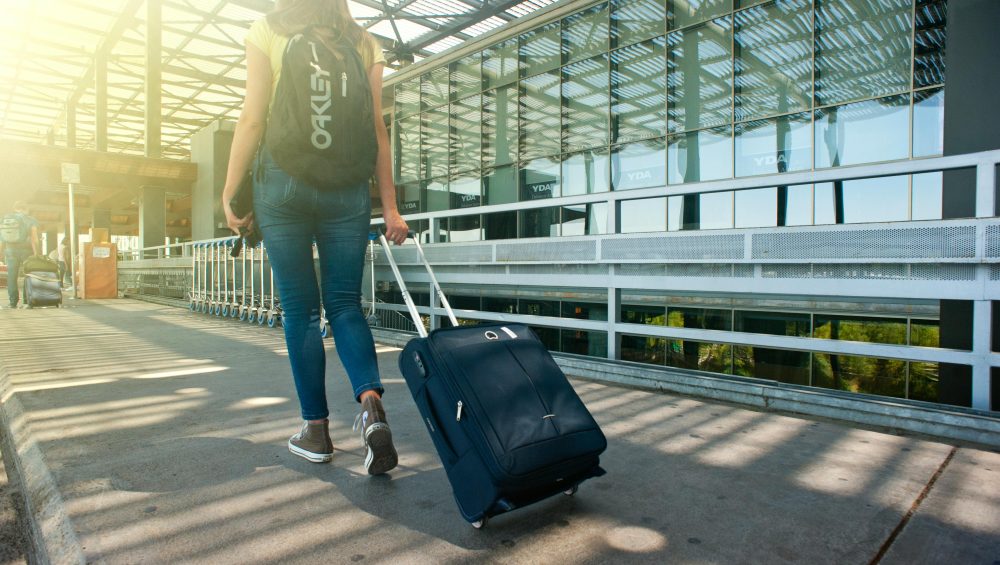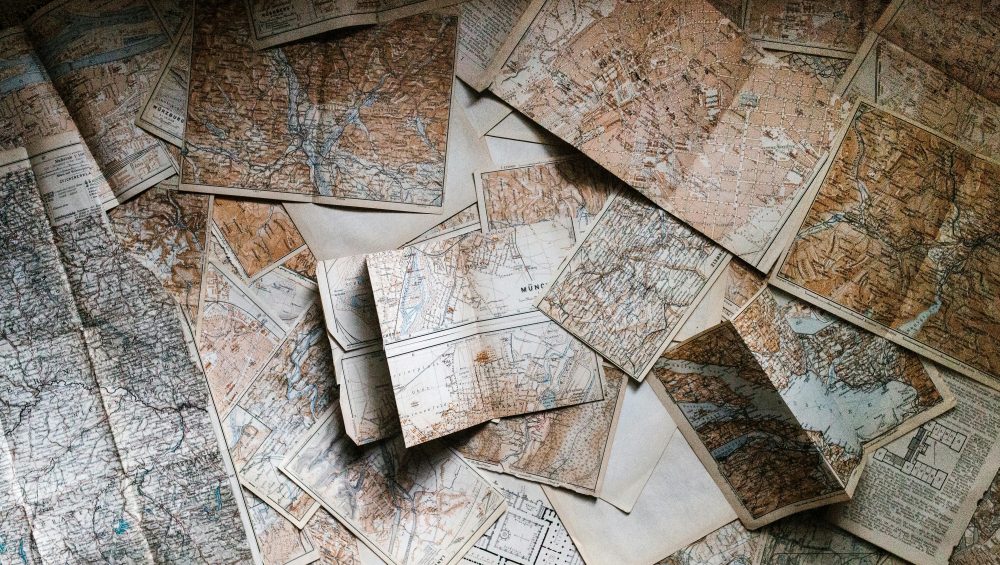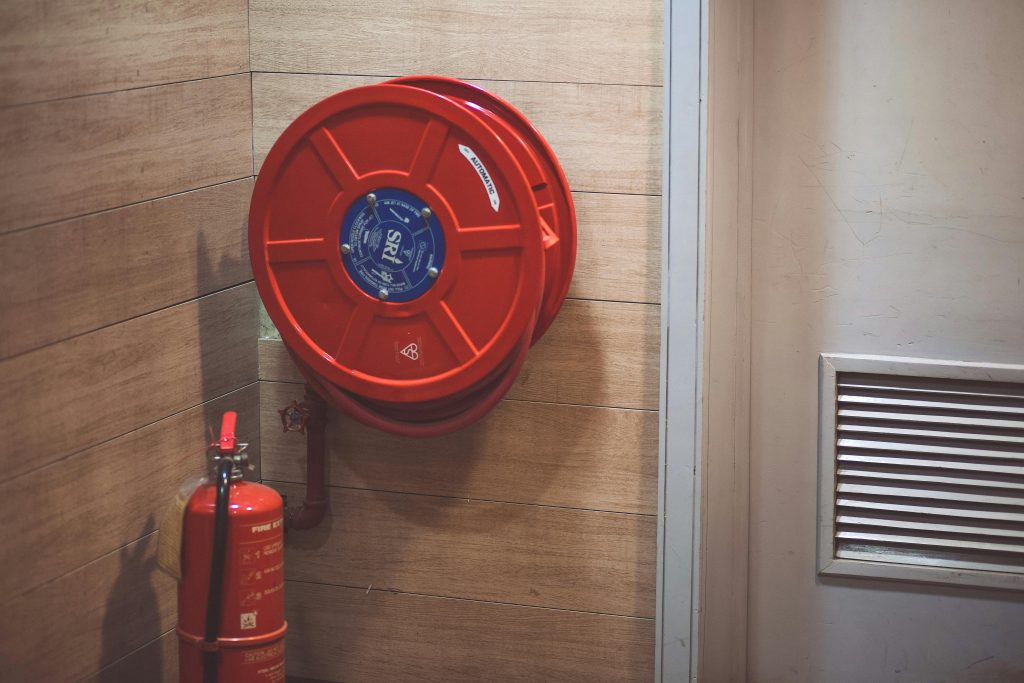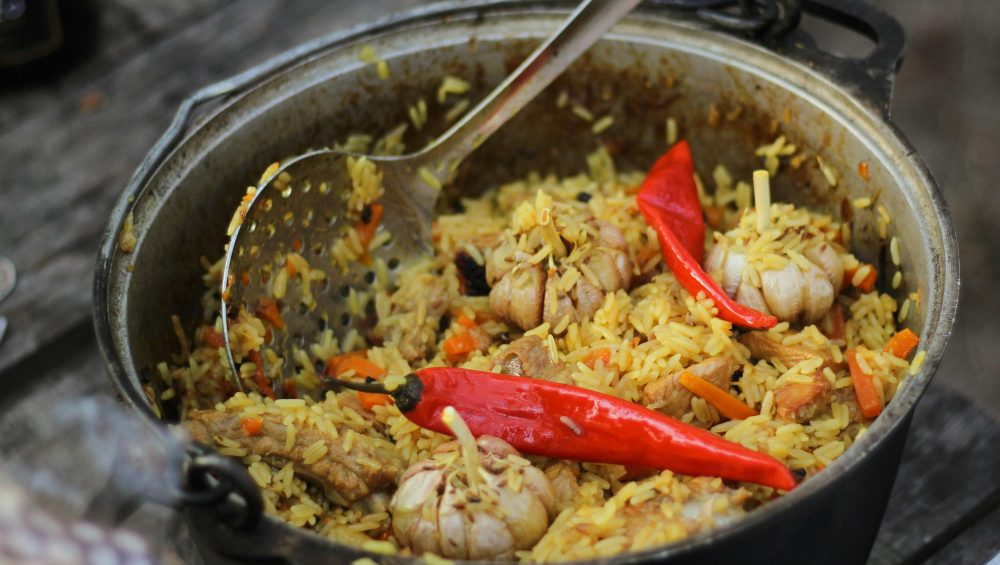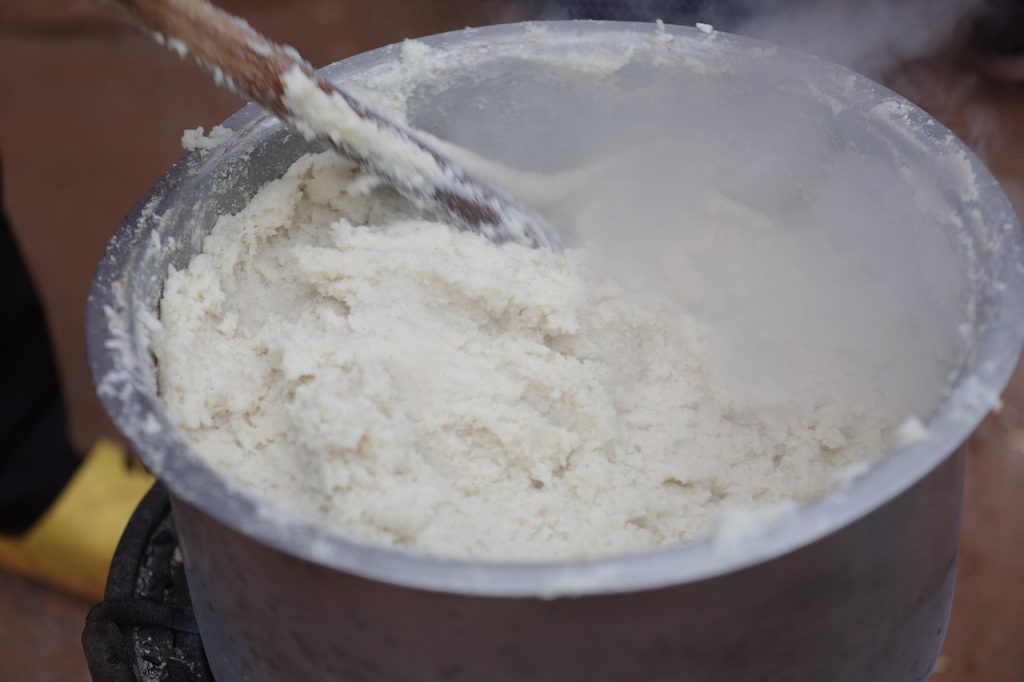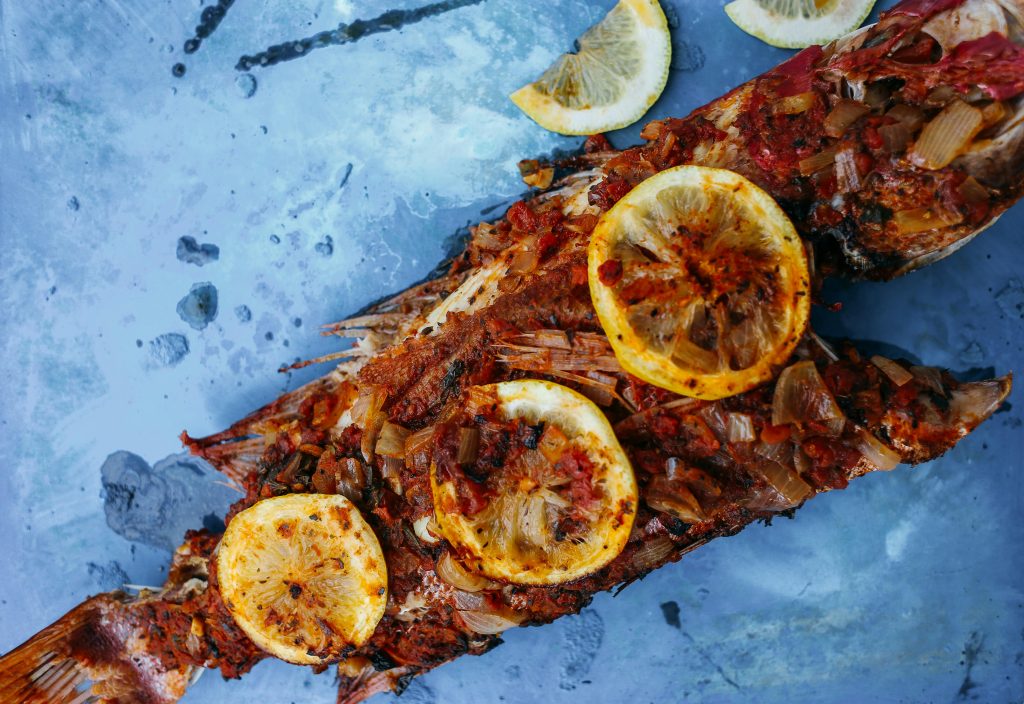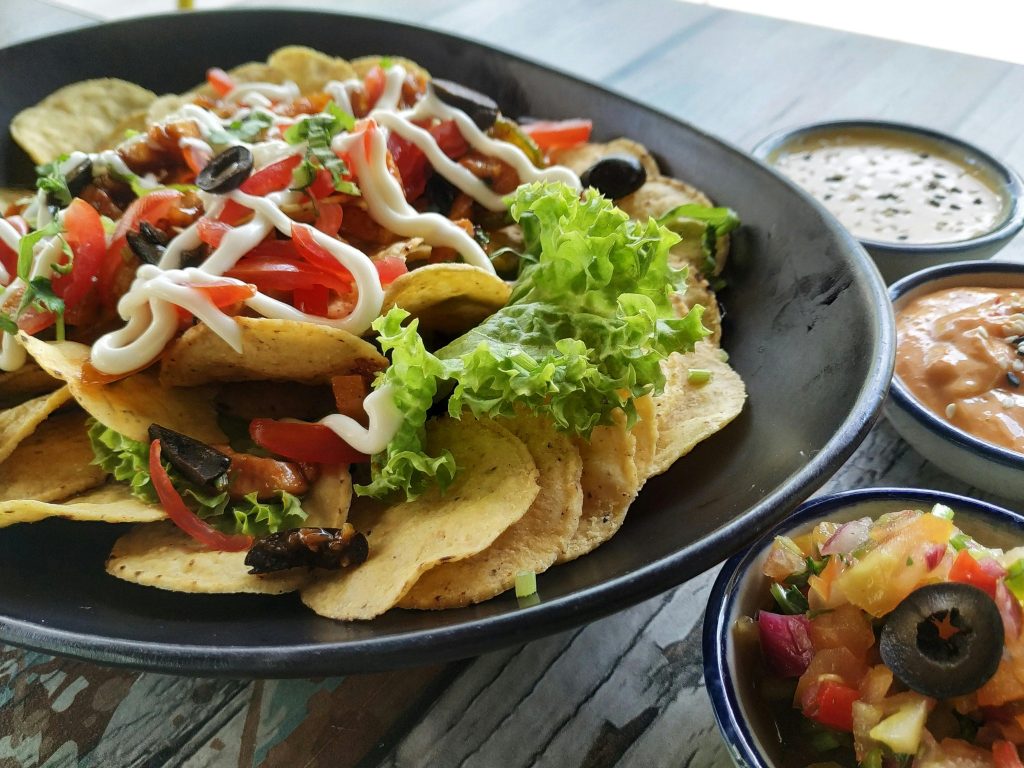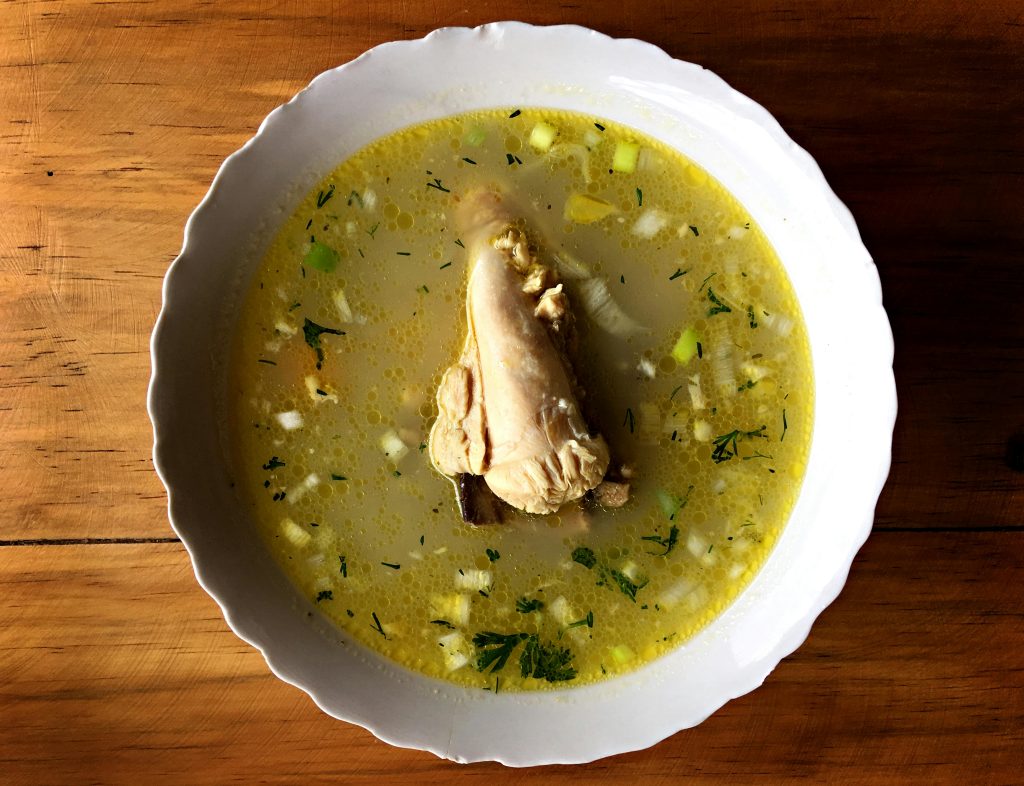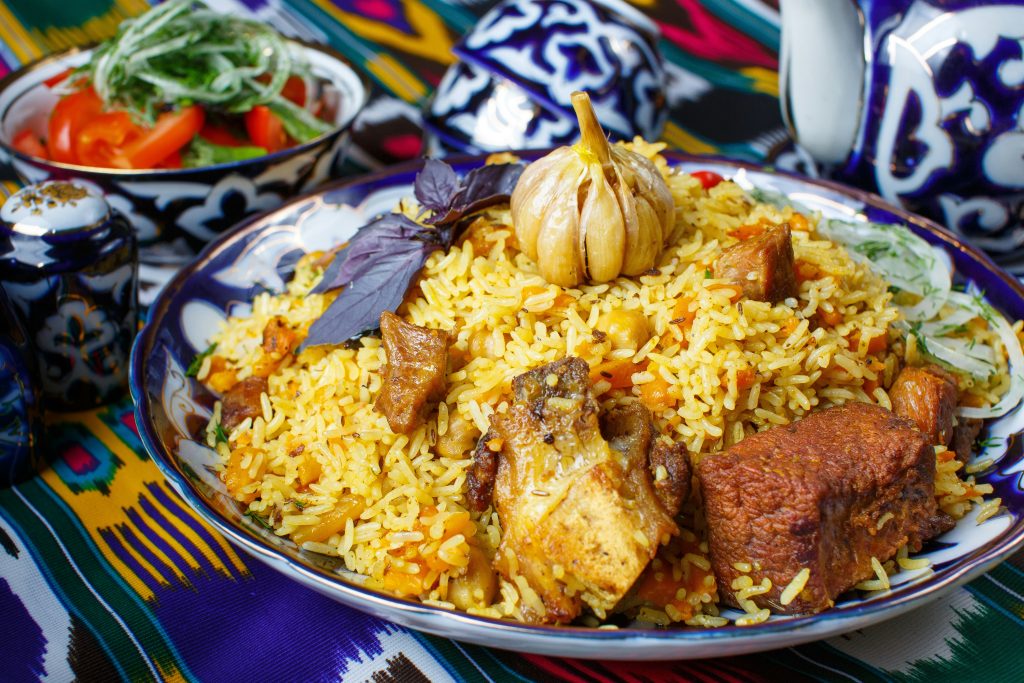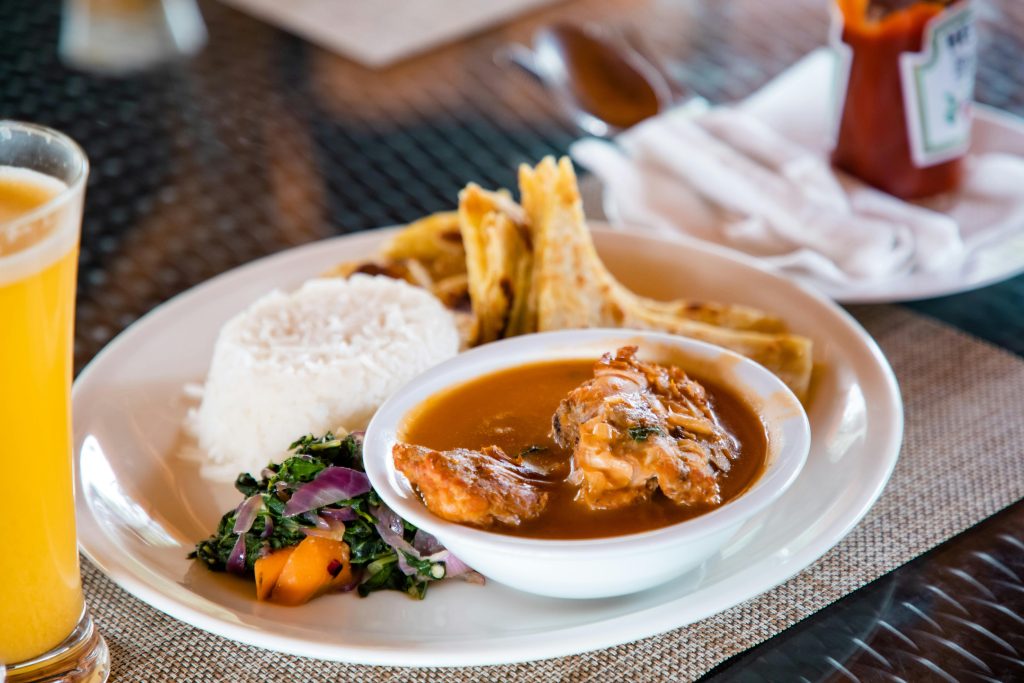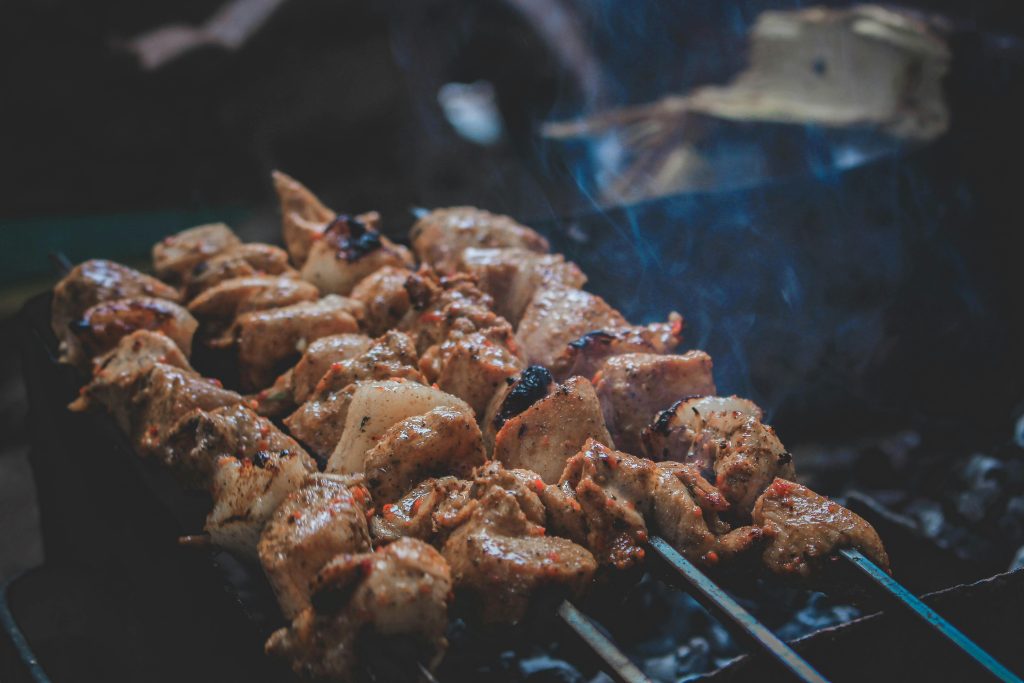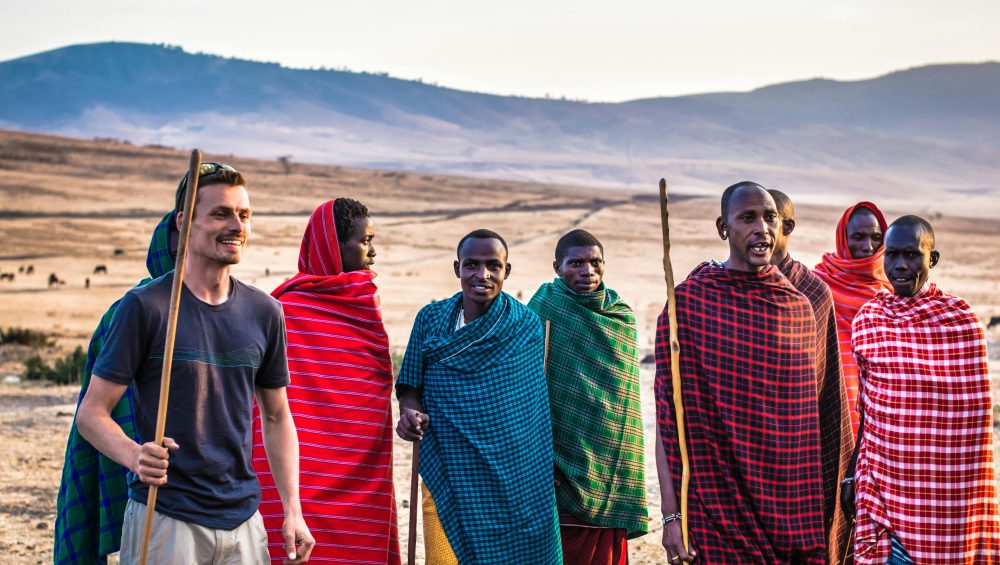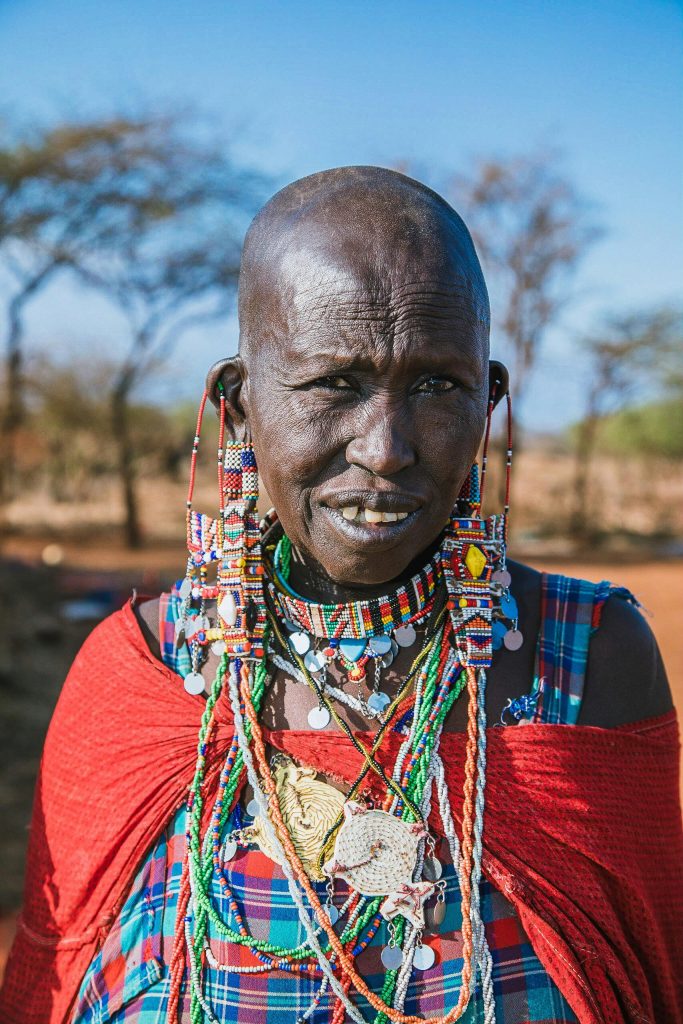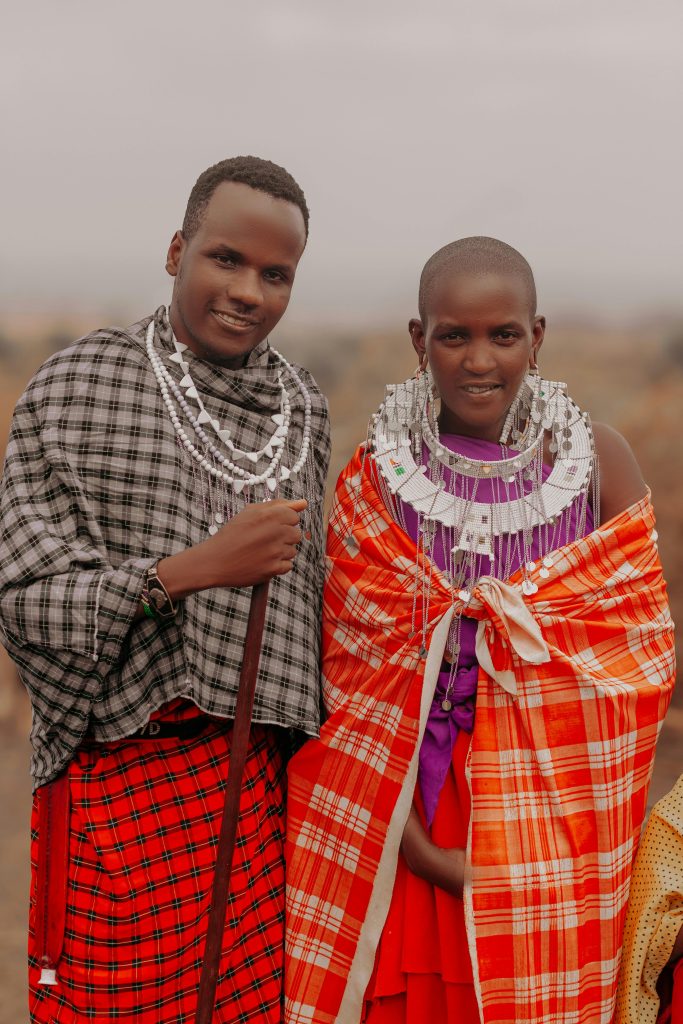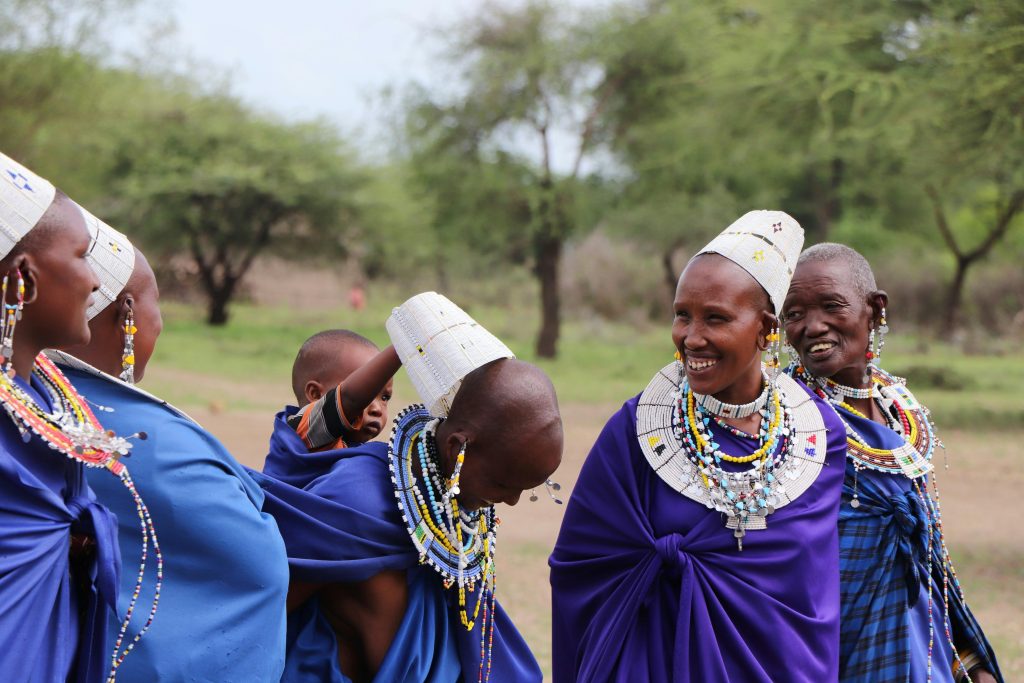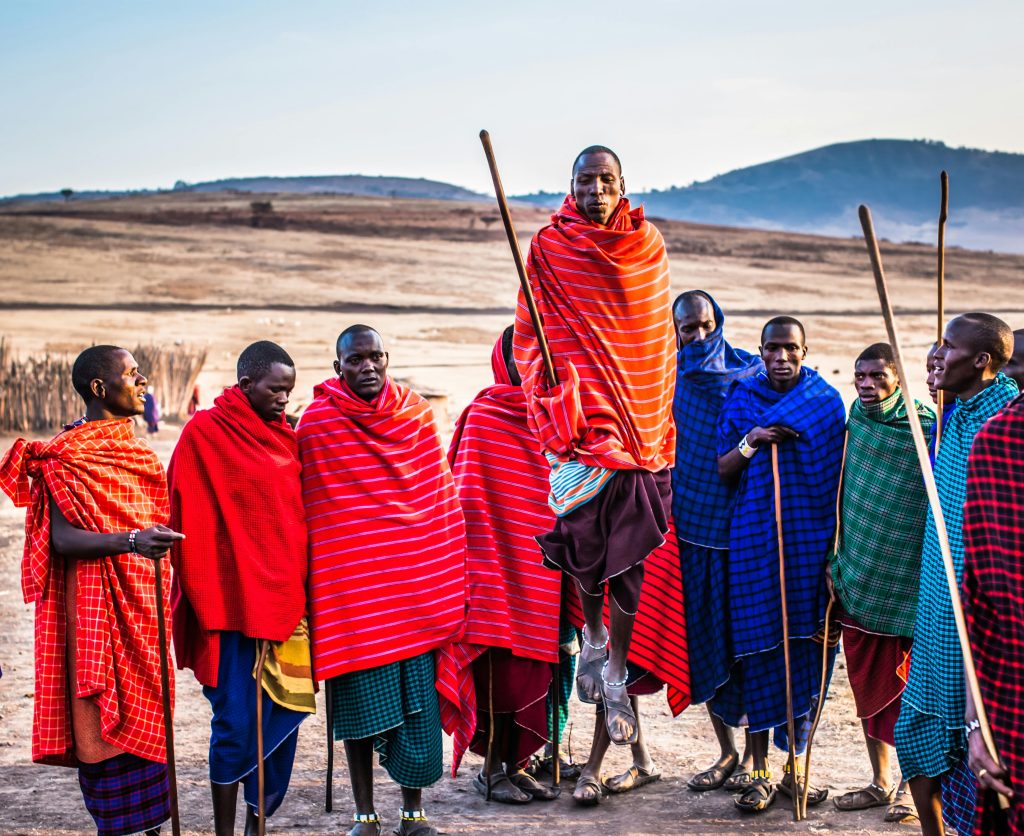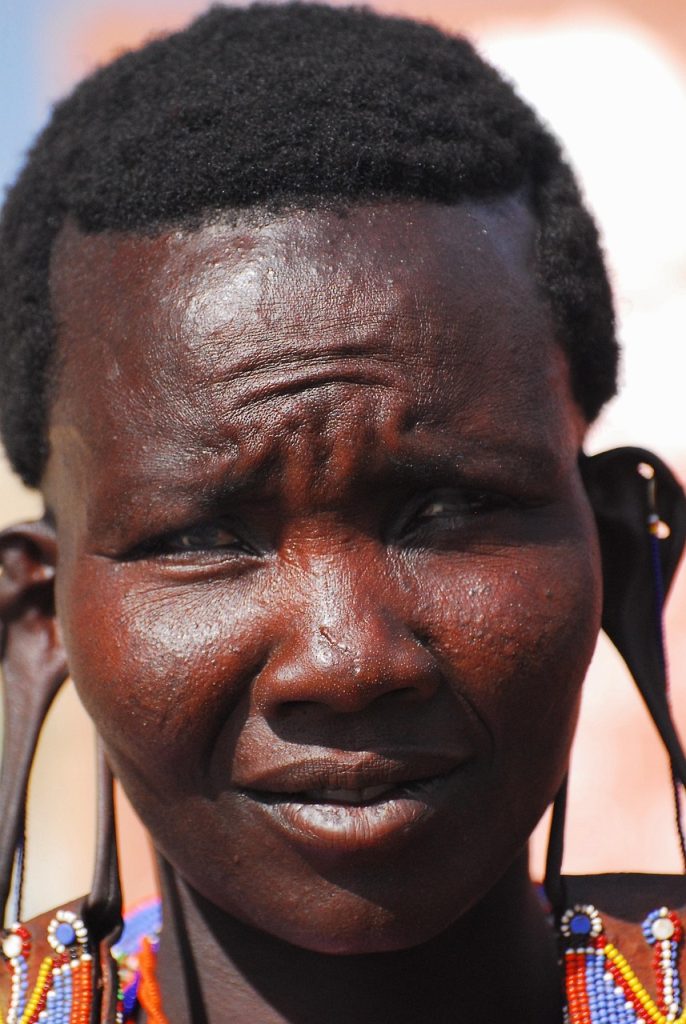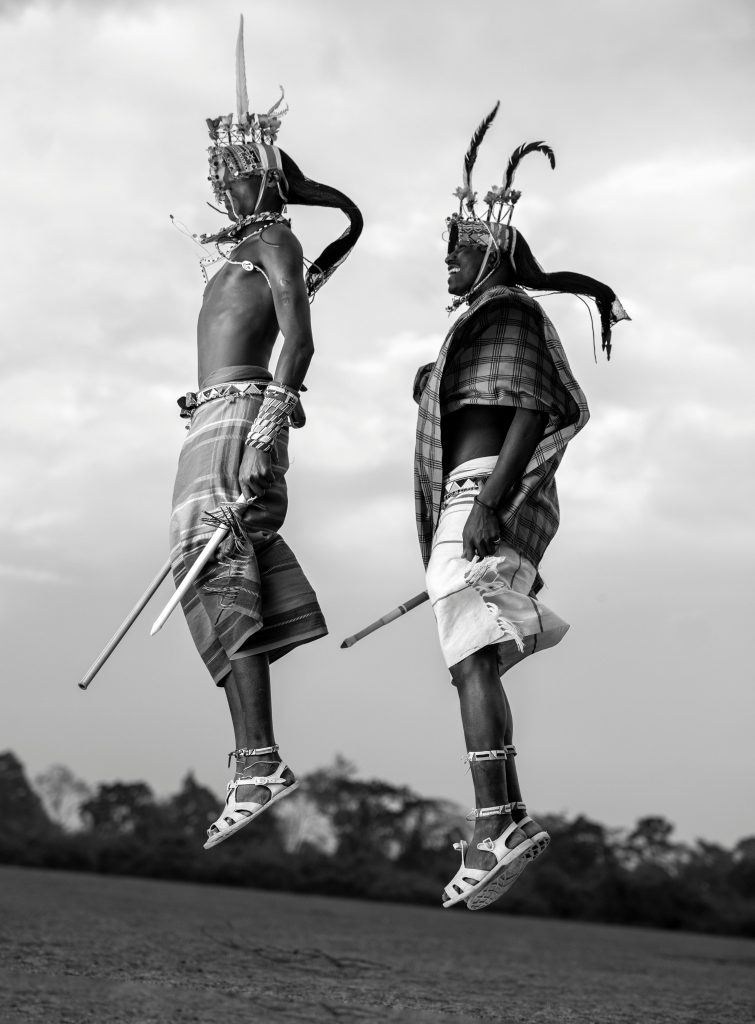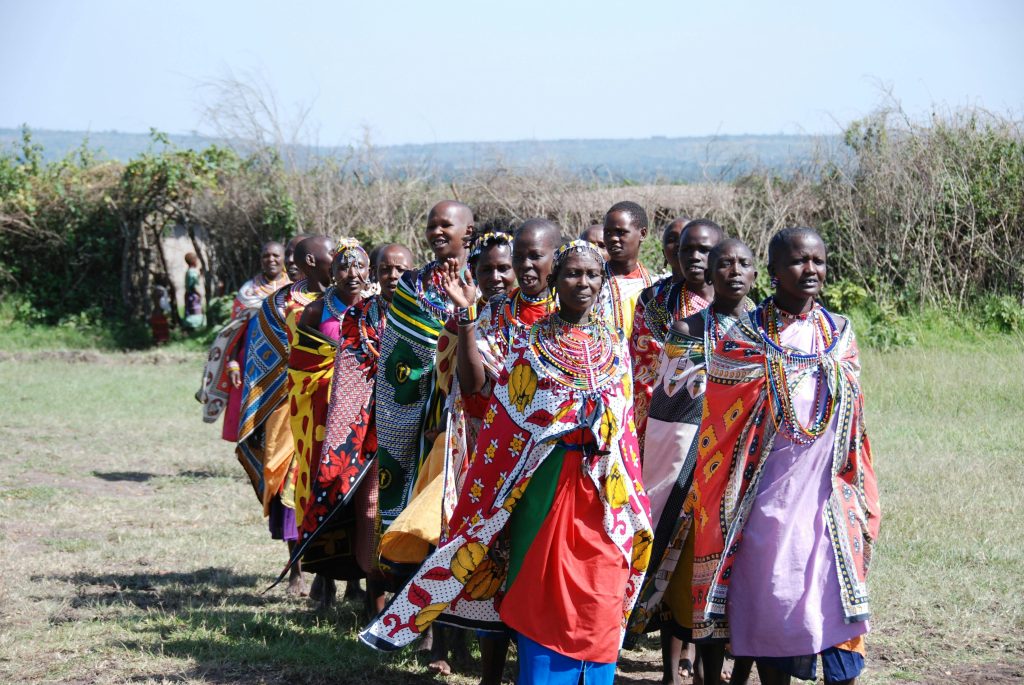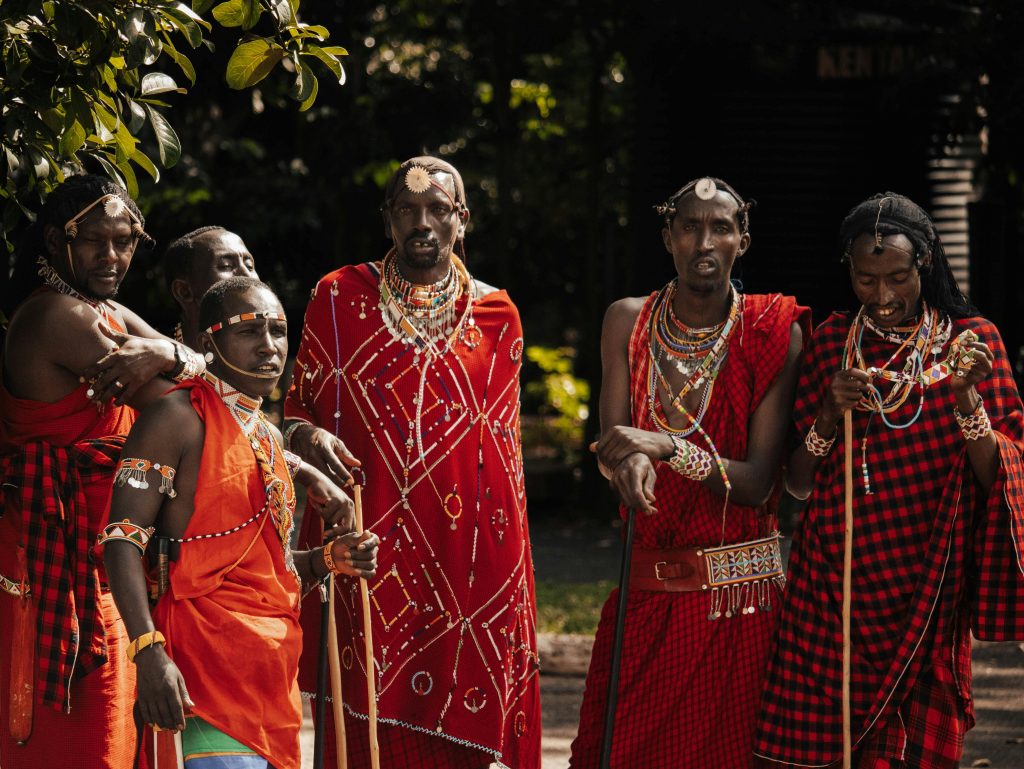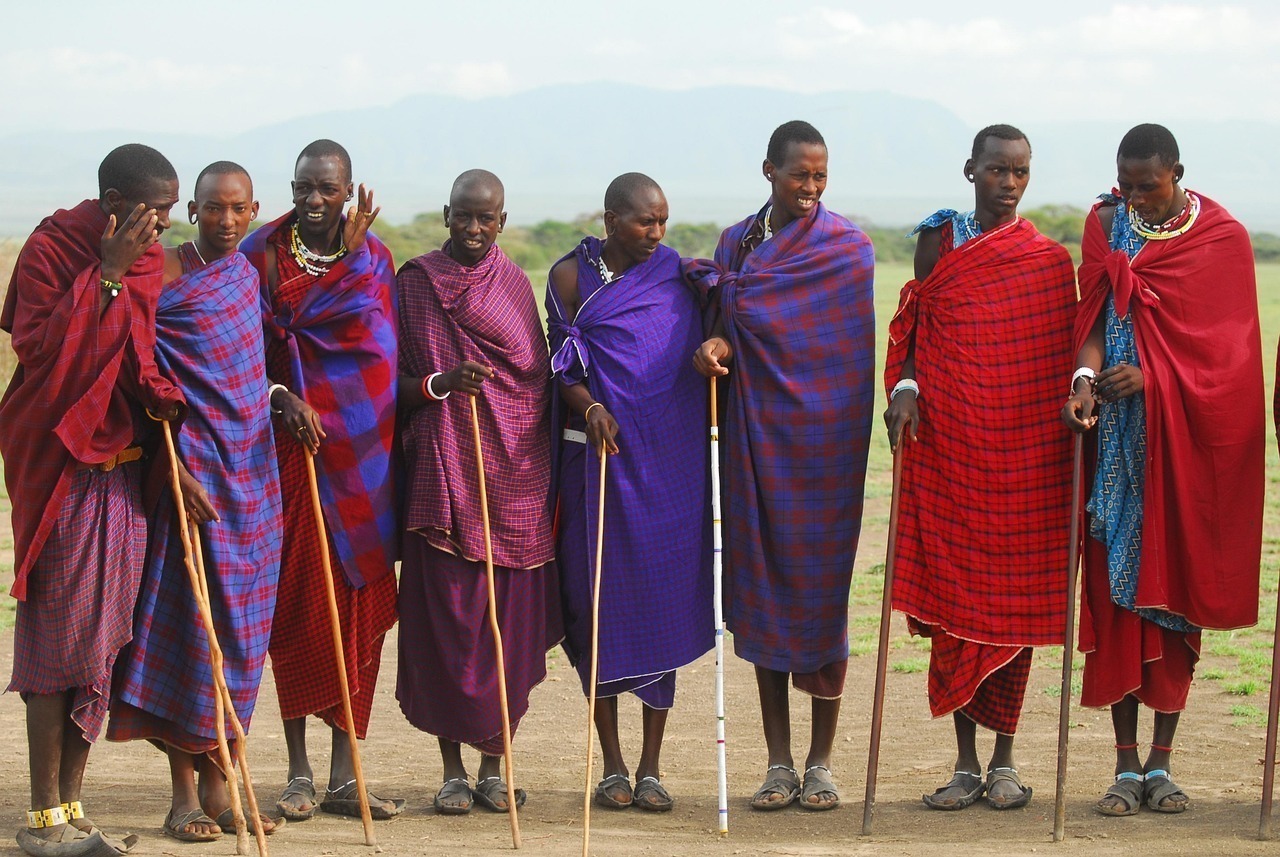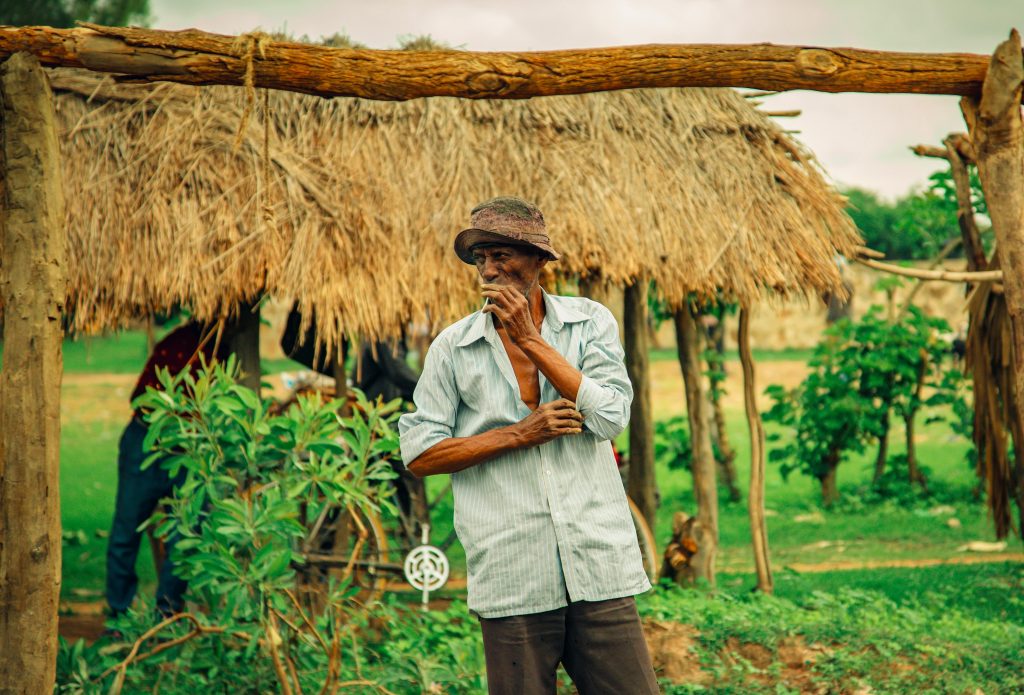Visa, Vaccines, and Travel Insurance
Visa, Vaccines, and Travel Insurance: Preparing for Tanzania the Smart Way
Planning your dream trip to Tanzania? Whether you’re climbing Mount Kilimanjaro, going on safari, or relaxing on the beaches of Zanzibar, preparation is key. Beyond booking your flights and packing your bags, it’s important to get the essentials in order—like your visa, vaccinations, and travel insurance.
Journey safely

Visa Requirements
Citizens from most countries—including the US, UK, EU, Canada, Australia, and many others—require a visa to enter Tanzania.
Embassy Application (Before You Travel):
Visit a Tanzanian embassy or consulate in your country if you prefer in-person processing.
Sasatrip Tip: Print and carry a copy of your approved e-Visa when traveling—immigration officers may request a hard copy upon arrival

Vaccinations
Tanzania is a safe travel destination, but certain vaccinations and health precautions are strongly recommended (or required).
Required:
Yellow Fever: Mandatory if you're coming from a country where yellow fever is endemic or if you have a long layover in such a country (e.g., Kenya, Ethiopia). Bring your Yellow Fever Certificate.
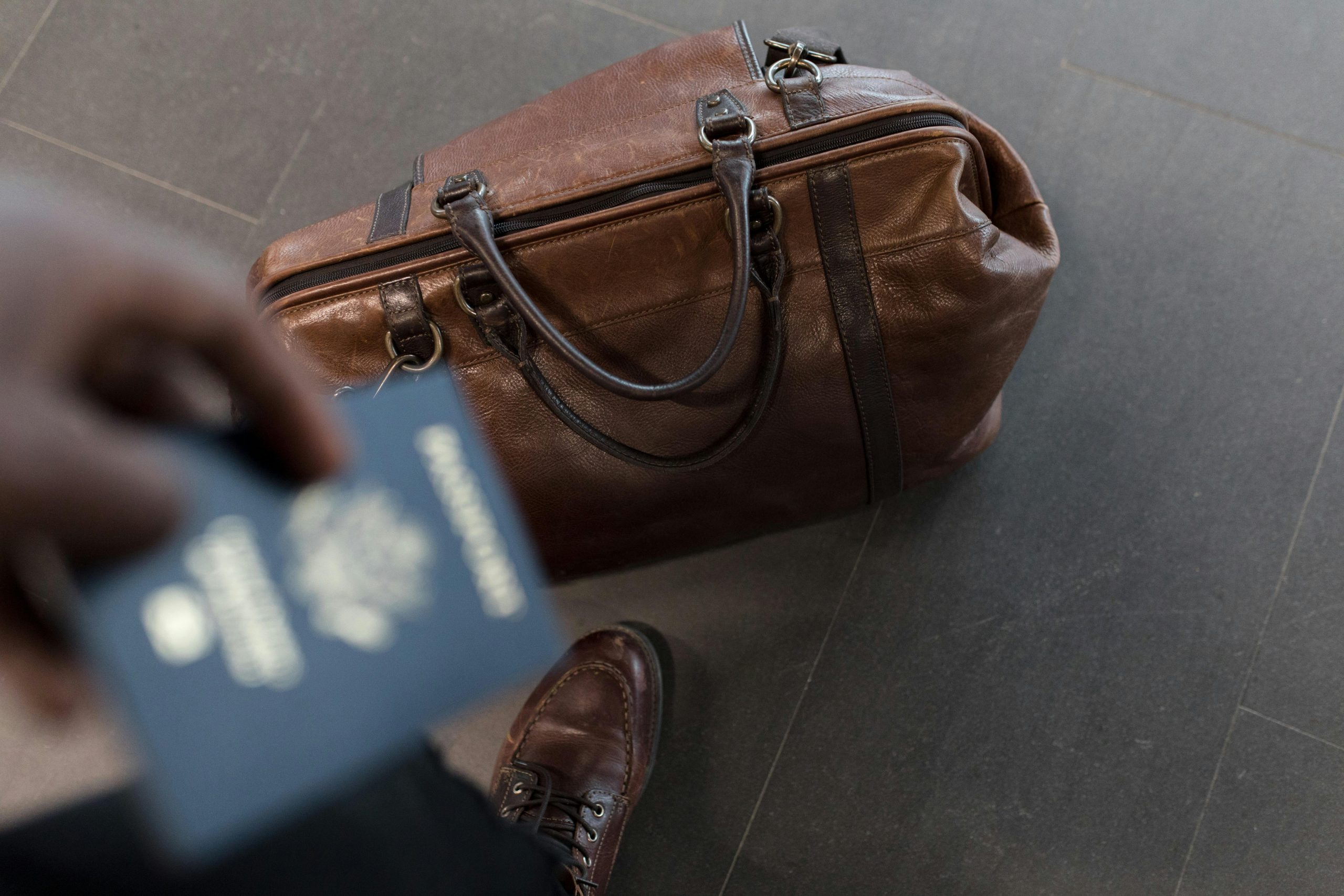
Travel Insurance
Tanzania is an adventure destination—and even the best-laid plans can run into surprises. Travel insurance protects you against trip cancellations, lost luggage, medical emergencies, and more.

Bonus Tips for a Smooth Arrival
Passport must be valid for at least 6 months from your entry date.
Carry a printed copy of your itinerary and Sasatrip booking confirmation.
Bring at least two passport-sized photos (for visa/ID backup).
Notify your bank you’ll be in Tanzania to avoid blocked cards.
US dollars are widely accepted for visas, tips, and park fees—bring newer notes (post-2006, crisp bills only).

